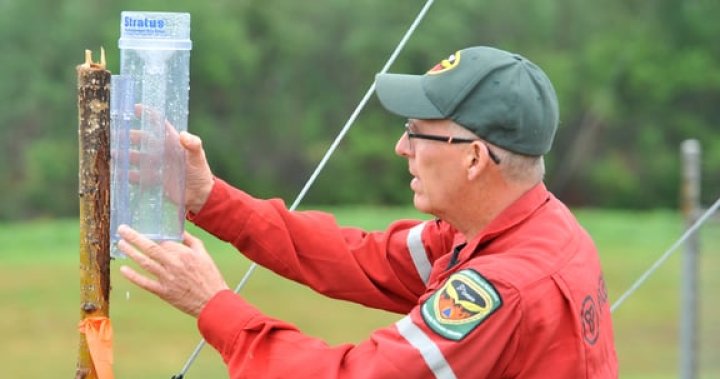foresterab
Full Member
- Reaction score
- 248
- Points
- 560
Part of the problem is not starting the fires....but keeping the fire contained where you want it be.
Ambition is good in everything but over achieving in Prescribed Fire Ignition shuts programs down. We're going to need a bunch of beer if we start going down the prescribed burn rabbit hole.
And likewise we can use at least one more round going through the merits/cost/differences of fires vs. managed forests and infrastructure/impact/local vs. landscape views.
But for a different look...here's Jasper Valley in 1915:
https://explore.mountainlegacy.ca/stations/show/2732
That area burnt last night.
For reference some of the Drought Code values (think of large log heavy fuels and/or deeper submuskeg) was over a value of 700 in part of the Jasper Valley. That is a multi-year, drought level value I had to read a couple of times as a value of 300 is a Very High rating and 425 is Extreme. Canadian Wildland Fire Information System | Fire Weather Maps
Last update they provided in the afternoon indicated that winds last night were 100km/hr.
I owe a few structural firefighters some beer for hanging around under those conditions.
Ambition is good in everything but over achieving in Prescribed Fire Ignition shuts programs down. We're going to need a bunch of beer if we start going down the prescribed burn rabbit hole.
And likewise we can use at least one more round going through the merits/cost/differences of fires vs. managed forests and infrastructure/impact/local vs. landscape views.
But for a different look...here's Jasper Valley in 1915:
https://explore.mountainlegacy.ca/stations/show/2732
That area burnt last night.
For reference some of the Drought Code values (think of large log heavy fuels and/or deeper submuskeg) was over a value of 700 in part of the Jasper Valley. That is a multi-year, drought level value I had to read a couple of times as a value of 300 is a Very High rating and 425 is Extreme. Canadian Wildland Fire Information System | Fire Weather Maps
Last update they provided in the afternoon indicated that winds last night were 100km/hr.
I owe a few structural firefighters some beer for hanging around under those conditions.



